Antimicrobia-Odor – PET-Battery-Recycling 26-01-2022 - Arhive
Antimicrobia-Odor – PET-Battery-Recycling
-SustainablyReducing Odor and Enhancing Garments with Antimicrobial Treatments
Dynamic trading company World Textile Sourcing (WTS) has been sourcing beautiful premium fabrics from Peru for decades, and now it has teamed up with Fuze™ Biotech to enhance their functionality, longevity and sustainability.
Taking technology developed for the medical field to inhibit growth of certain bacteria and pathogens, Fuze™ has applied this permanent, chemical-free treatment to the fashion industry—literally—to inhibit odor-causing bacteria and mold.
his goes beyond the expected sweaty sport or performance garments, and works for anything from fashionable leisurewear and workwear to bedding and footwear.
Fuze™ also inhibits chemicals in detergents that are destructive to susceptible fibers during the washing process. Antimicrobia-Odor – PET-Battery-Recycling
The result? Fewer microfibers eroding into the ecosystem and longer-lasting garments.
“We took that technology and adapted it from the medical world into a need for the textile world,” said Andrew Peterson, chief technical officer, Fuze™ Biotech. “And we do this on a chemical-free and highly sustainable basis.”
Of course, no matter how efficient a textile treatment is, it’s worthless if it just washes out after a few launderings. This is where Fuze™ has a competitive advantage.
“Most of the anti-bacterials on the market use toxic ion activity to kill bacteria. And the standard procedure is to use a lot of chemicals to bind the product to the fabric and keep it there after numerous washings,” says Raul Perales, technical director, WTS. That comes at the cost of extra chemicals to overcompensate for those that wash out, all which affects the hand feel and the color of a garment.
The permanent-adhering Fuze™, in contrast, uses “thousands of times less product to achieve a 99.9 percent efficiency in killing bacteria, all while maintaining performing even 100 washes after,” said Perales. “So, it’s superior to the lifecycle of a garment.” Antimicrobia-Odor – PET-Battery-Recycling
Fuze™ achieves such fabric bonding with a unique system boasting 12 patents, one of which utilizes pure gold. It’s also applied with just a light misting process, so there is no water waste stream during application.
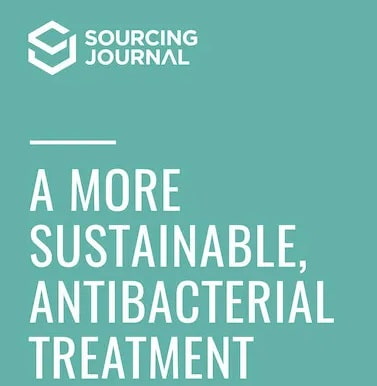
-Worldwide Regulations on Lithium-ion Battery Recycling
Writing in ACS Energy Letters, a team of researchers has investigated the current status of lithium-ion battery recycling regulations across the world and their implications. Antimicrobia-Odor – PET-Battery-Recycling
Lithium-ion batteries are increasingly being implemented in devices across a wide range of industries. The recycling of lithium-ion battery elements due to resource scarcity and the growth in demand for these devices is likely to play an increasing role in the future.
Recycling Lithium-ion Batteries
Lithium-ion batteries are a key technology that is helping decarbonize industries and move the world toward net-zero emissions. Batteries are commonly used in consumer products such as laptops, smartphones, and media centers. The growth in recent demand for lithium-ion batteries has been down to their use in electric and hybrid vehicles, which are increasingly replacing internal combustion engine vehicles.
The valorization of waste lithium-ion batteries and their materials through recycling has gained significant attention in recent years. The recycling rate of lithium-ion batteries is still low at under 5%, however. The main reasons for this are cost and the complexity of recycling methods. Antimicrobia-Odor – PET-Battery-Recycling
Three major methods are used to recycle lithium-ion batteries. Direct recycling, pyrometallurgy, and hydrometallurgy. Each method has advantages and disadvantages in terms of labor, cost, and the use of reagents and energy.
The cost of battery recycling strongly depends on its scale. Studies have indicated that hydrometallurgy is the most economical method (at a capacity of >20,000 mT) for vehicle battery recycling. Pyrometallurgy and direct recycling have similar costs for lithium-ion battery recovery. Additional cost factors include the development of local capacity and new technologies. Antimicrobia-Odor – PET-Battery-Recycling
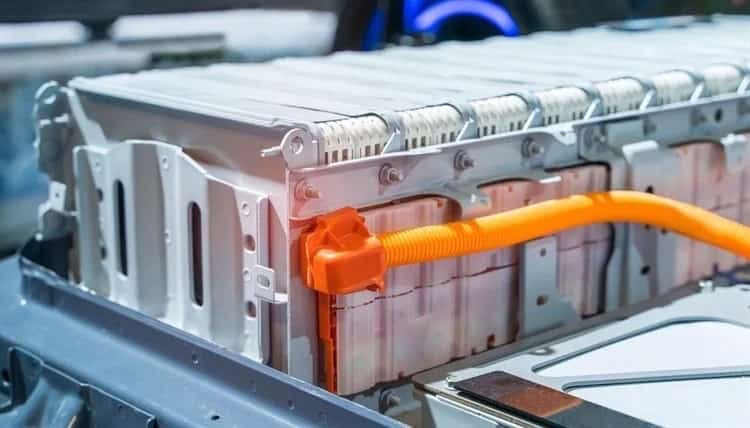
-New supply chain problems prolong the big HDPE divide as imbalances build
Business, China, Company Strategy, Economics, Europe, European economy, European petrochemicals, India, Indonesia, Japan, Malaysia, Middle East, Olefins, Philippines, Polyolefins, Singapore, South Korea, Taiwan, Thailand, US
WHEN POLYETHYLENE (PE) and polypropylene (PP) markets become truly global again remains anyone’s guess. But what’s clear in my view is that rebalancing must take place at some point. Antimicrobia-Odor – PET-Battery-Recycling
The chart below, using high-density polyethylene (HDPE) margins as an example, illustrates the extent of the disconnect between different regions.
The chart shows the historically high divergence between Northeast Asian (NEA), Northwest Europe (NWE) and US Gulf HDPE margins from January 2021 until the end of last week.
NEA margins reached a record low last week of -198/tonne while NWE and US Gulf Coast margins have fallen from record highs. As I shall discuss later on, US HDPE supply is normalising following las year’s major outages.
There are reports of more availability of US material in Europe because US supply is normalising, as, of course, the highest oil prices since 2014 put pressure on the naphtha-based European producers. Antimicrobia-Odor – PET-Battery-Recycling
But margins in the West remain historically much higher than those in NEA, as has been the case for the last year, because of the limited ability due to container freight shortages and costs, as I shall discuss in detail later, to move Asian oversupply West.
Demand fundamentals are also stronger in the West than in Asia.
I see weak NEA margins as being largely the result of my forecast for a 6% decline in China’s HDPE demand in 2021 over 2020. The contraction in consumption was the result of Common Prosperity.
The Asian market is being further weighed down during the early weeks of the New Year by the prospect of Common Prosperity continuing in 2022.
Consumption is also being dented by China’s Zero Covid policy (Zero Covid is one of the reasons why global supply chain disruptions may not end anytime soon, which I shall discuss later). Antimicrobia-Odor – PET-Battery-Recycling
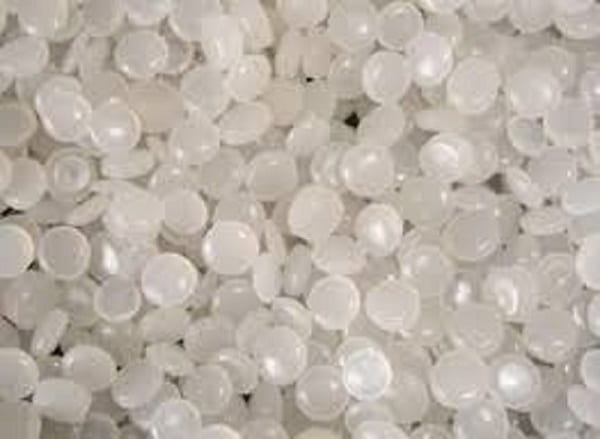
-Ring Container Technologies introduces new PET packaging for carbonated drinks
U.S.-based Ring Container Technology has developed customisable PET bottles that keeps the fizz in carbonated beverages and energy drinks. This new packaging features the BarrierGuard® Enhance™ technology.
It’s hard to keep carbonation in smaller, traditional PET packaging because of the volume and surface area. This is where the Enhance™ technology comes in, which preserves the quality of the carbonated drinks throughout the product’s shelf life. These bottles are designed to be resealable, shatter-proof and dent-resistant, great when transporting products. Antimicrobia-Odor – PET-Battery-Recycling
“Enhance is break-through bottle technology allowing beverage and energy drink manufacturers to re-imagine their carbonated drink space and brands,” said Tim Ferrel, Vice President of Business Development at Ring.
“After a successful launch of BarrierGuard® OxygenSmart™ and other technology solutions, we look forward to expanding this market and continuing to exceed our clients’ expectations.” Antimicrobia-Odor – PET-Battery-Recycling

-Huber Engineered Materials completes acquisition of Magnifin
The Huber Engineered Materials (HEM) acquisition of RHI Magnesita’s (RHIM) 50% ownership stake in the 50/50 joint venture, MAGNIFIN Magnesiaprodukte GmbH & Co. KG (“MAGNIFIN”), signed on May 4, 2021, closed effective December 31.
MAGNIFIN products are sold globally by Martinswerk GmbH as part of the HEM Fire Retardant Additives (FRA) strategic business unit, which produces a wide range of halogen-free fire retardants, smoke suppressants and specialty aluminum oxides.
Based in Breitenau, Austria, MAGNIFIN has been producing premium magnesium hydroxide (MDH) products since 1990. Antimicrobia-Odor – PET-Battery-Recycling
MAGNIFIN® coated and uncoated magnesium hydroxides are environment friendly, halogen-free fire retardants used in a wide range of polymer applications, especially thermoplastic materials and elastomers requiring high processing temperatures in excess of 300 °C. Typical fire retardant applications include energy and local area network (LAN) data cables, automotive wire and cable, engineering thermoplastics (e.g. connectors) and construction membranes.
“This transition is a strong strategic fit with HEM’s mission to own and operate specialty chemical and mineral companies with market leading positions,” says Dan Krawczyk, President of Huber Engineered Materials. Antimicrobia-Odor – PET-Battery-Recycling
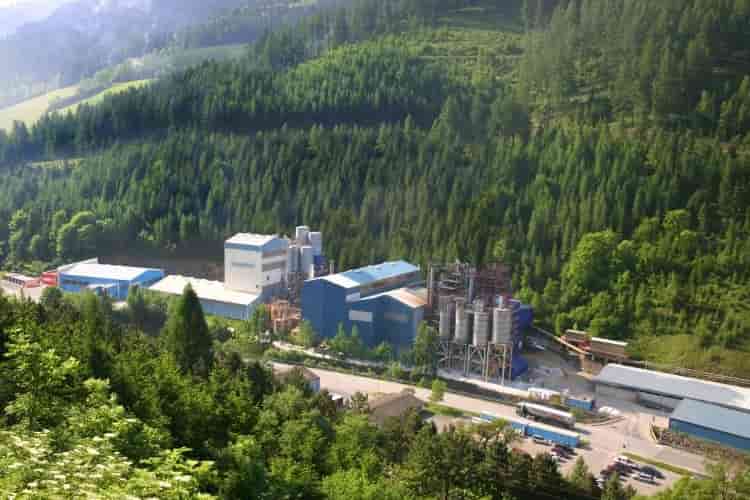
PepsiCo Beverages North America (PBNA) announced a $35 million investment with Closed Loop Partners that will create the “Closed Loop Local Recycling Fund,” an innovative circular economy initiative to advance new small-scale, modular recycling systems in communities across the U.S.
The fund aims to increase recycling in areas with no or limited access to recycling, reducing waste and unlocking a new supply of recycled plastic (rPET), among other valuable materials, to support PepsiCo’s pep+ (PepsiCo Positive) sustainable packaging goals. Antimicrobia-Odor – PET-Battery-Recycling
“As companies – including PepsiCo – set ambitious goals to use more recycled content in their packaging, there is more need than ever for partnerships and investments to increase recycling in the U.S. We need to develop the infrastructure that makes recycling available to more Americans so we can recover the high-quality material that can be used in our packaging,” said Jason Blake, Chief Sustainability Officer and SVP at PepsiCo Beverages North America. “Through pep+, our end-to-end strategic transformation, sustainability is at the heart of everything we do. As the exclusive investor in the Closed Loop Local Recycling Fund, we are actively driving the changes needed to transform the US recycling system and move towards a circular economy.” Antimicrobia-Odor – PET-Battery-Recycling
Closed Loop Partners will use the investment to deploy small-scale modular Materials Recovery Facilities (MRFs) in underserved communities that currently lack access to larger municipal MRFs. This gap in access is typically due to a lack of funding or geographic proximity to facilities that process the materials. The smaller, local MRFs lay the groundwork for the future of recycling, introducing a new way to meet and adapt to the various needs of communities across the U.S. These modular recycling systems are smaller and less capital intensive than traditional large-scale recycling facilities, reducing the need for the costly transportation of recycled materials to larger MRFs outside of the area. The small-scale MRFs will help recapture valuable recyclables––paper, plastic, glass, and metals––reducing waste sent to landfill and unlocking a new supply of recycled materials. Each individual system creates the capacity to recycle at least 8,000 tons per year of materials, including keeping 400 tons of rPET in circulation every year. They are also expected to yield higher quality plastic while also reducing the costs and greenhouse gas emissions associated with the longer distance transportation of the materials.
This investment reinforces PepsiCo’s desire to create a world where packaging never becomes waste and to increase recycling rates in the United States. It aims to support PepsiCo’s goal to cut virgin plastic from non-renewable sources across our food and beverage portfolios by 50% by 2030. Antimicrobia-Odor – PET-Battery-Recycling
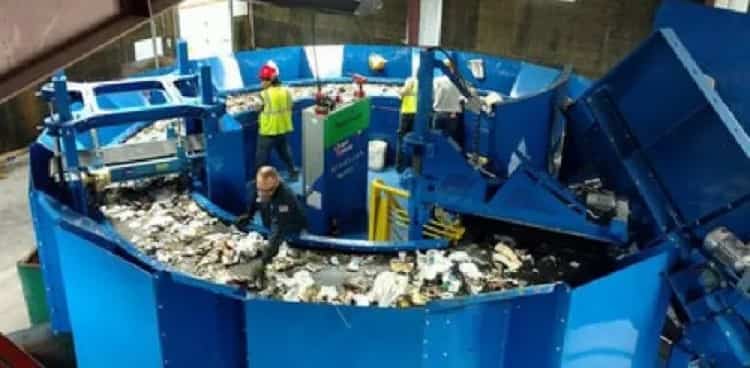
Antimicrobia-Odor – PET-Battery-Recycling
Plant-based nylon – Biomass-acrylonitrile 25-01-2022
